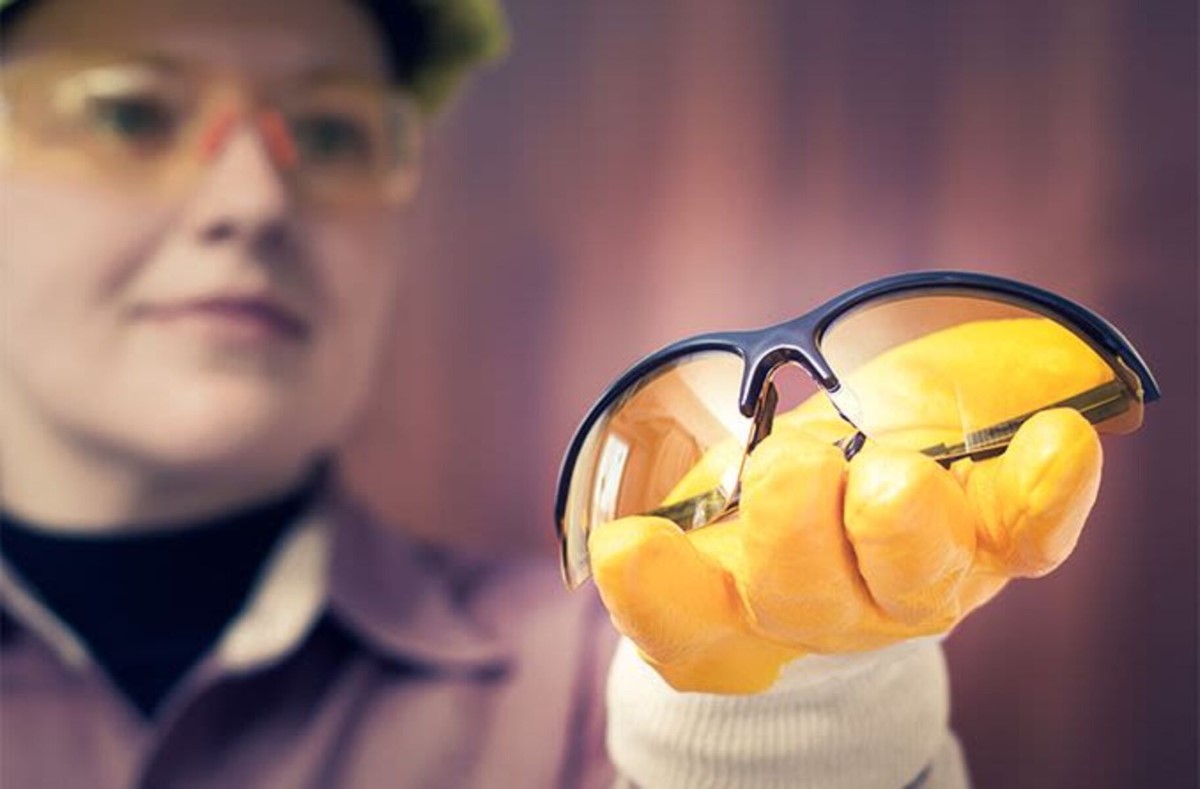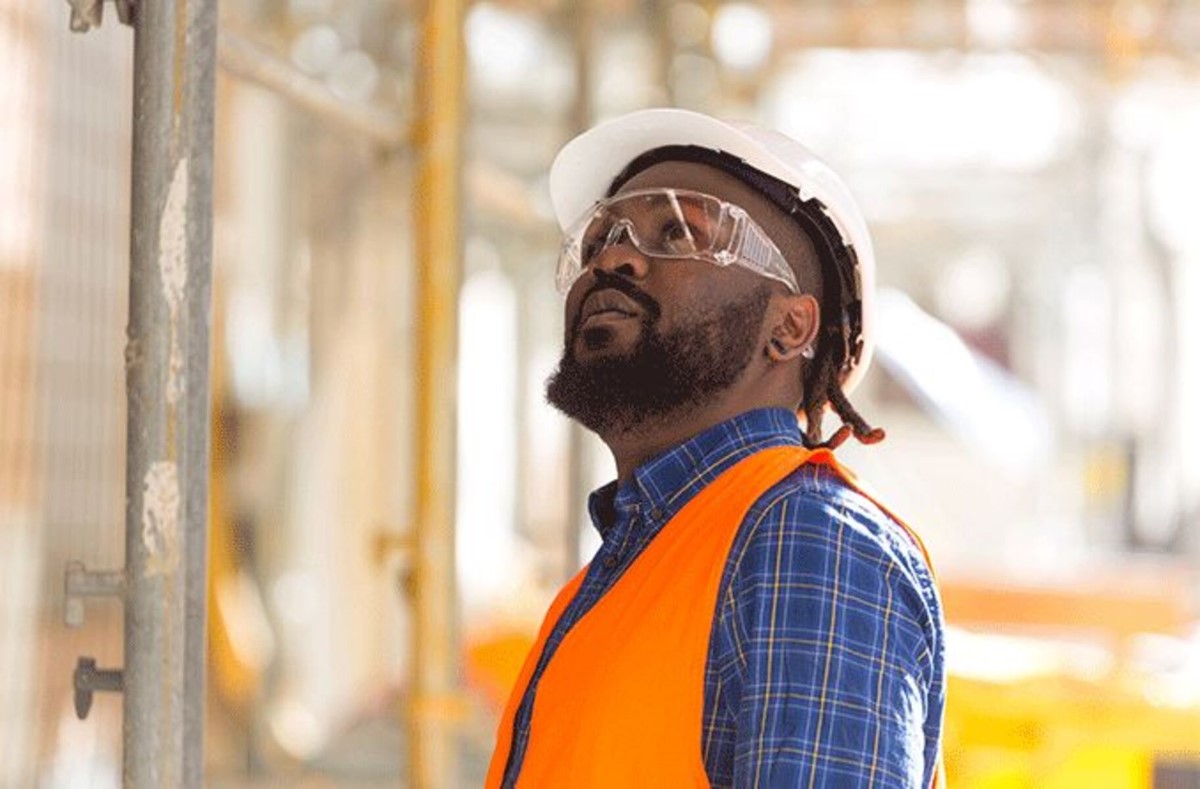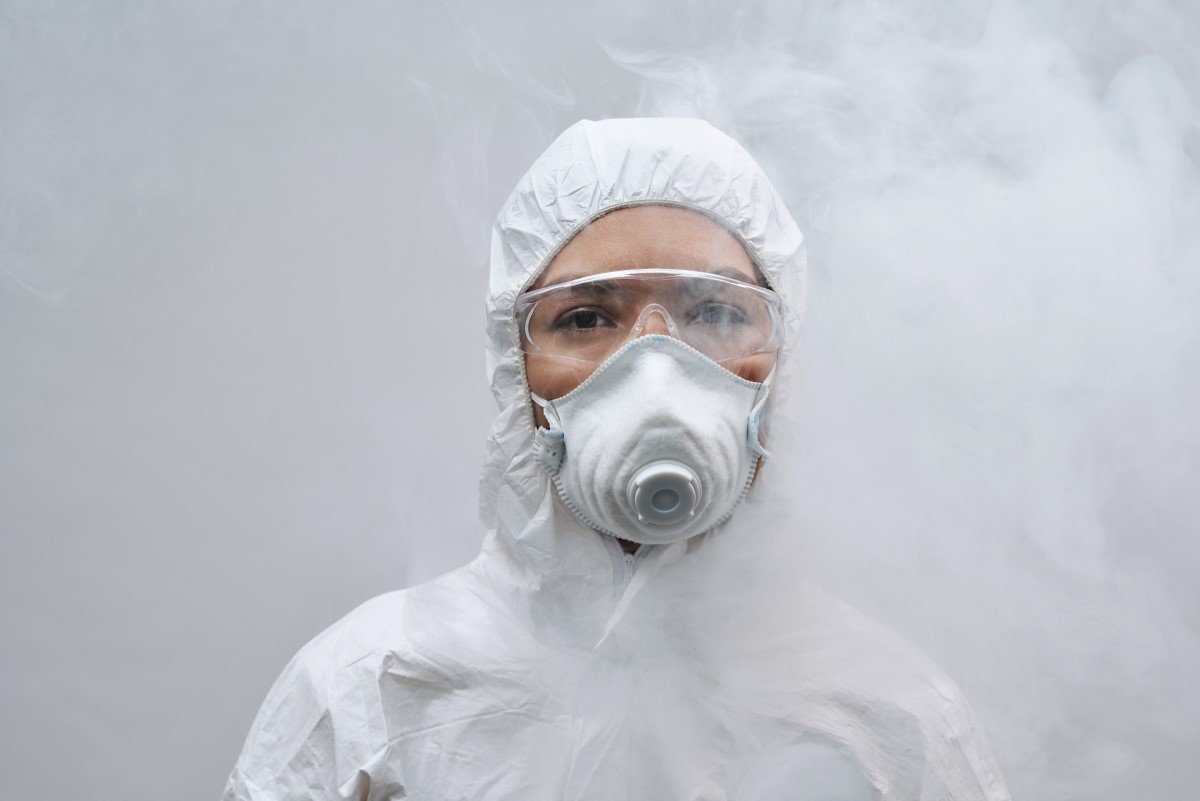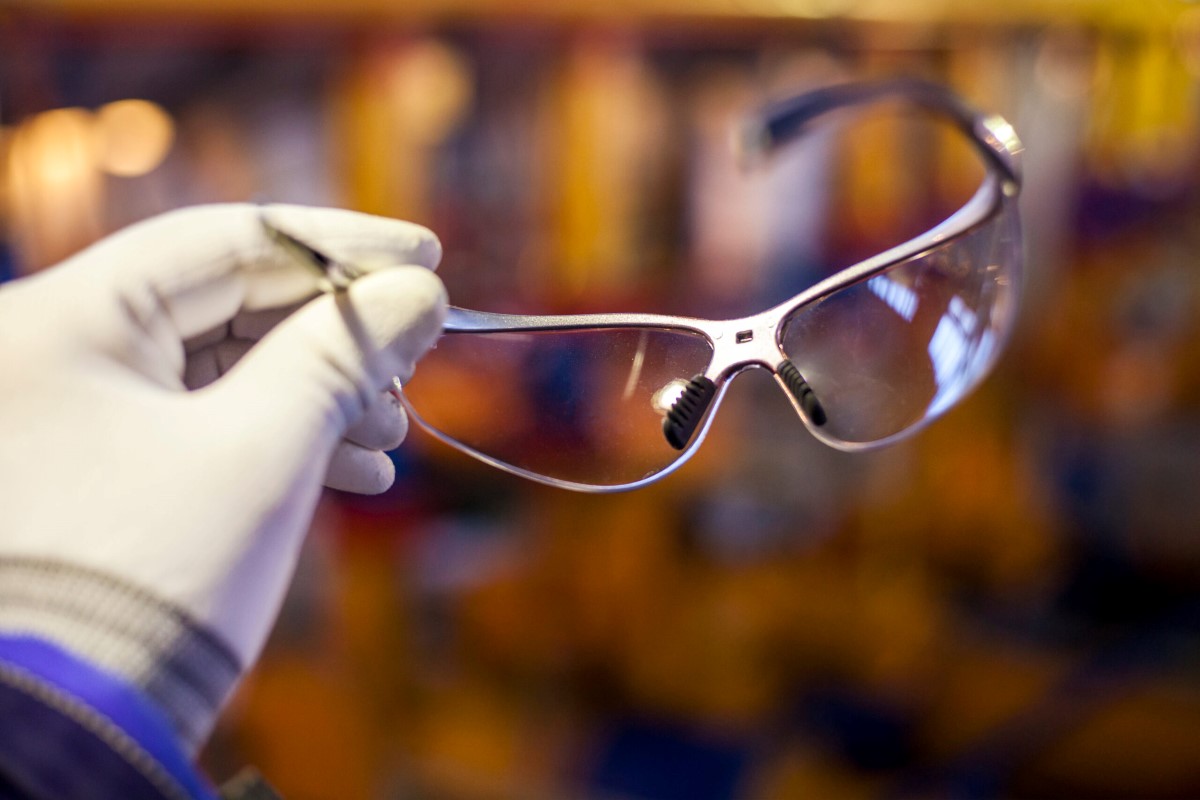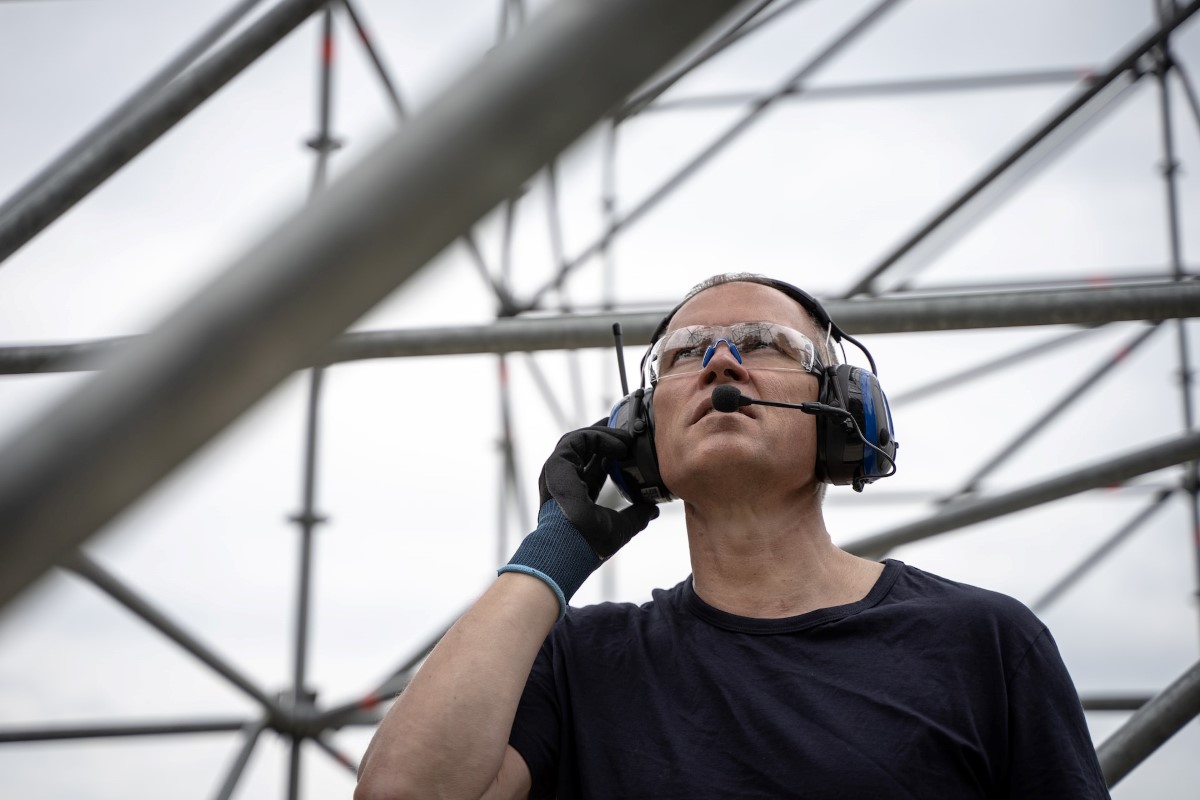The Benefits of Prescription Safety Glasses
Working in hazardous environments can strain or damage your eyes, but with prescription safety glasses, you can protect yourself – with the added bonus of seeing clearly!
If you’ve not heard of prescription safety glasses before, these specialized specs offer improved clarity and comfort while reducing eye fatigue. Come along with us to discover why prescribed safety eyewear is often worth the investment.
So – what are prescription safety glasses?
In a nutshell, prescription safety glasses are specialized eyeglasses designed for individuals with vision issues who work in hazardous environments. They provide the wearer with clear vision while protecting their eyes from potentially dangerous elements, such as flying debris, dust, and harmful UV rays.
This type of glasses are also a convenient alternative to traditional goggles as they eliminate fogging, which is common with regular safety glasses.
What makes prescription safety glasses extra safe is that they have to abide by comprehensive standards set by The National Institute for Occupational Safety and Health (NIOSH) and American National Standards Institute (ANSI), which are put in place to protect occupational workers’ eyes and faces.
NIOSH’s standards are related to the design, performance, and use of protective eyewear in the workplace. The national institution recommends lenses that have 99.9% or greater protection against UVA and UVB radiation, as well as scratch-resistant and anti-fog coatings.
As for ANSI, its latest list of standards dictates that lenses for eye and face protection must have at least anti-fog properties and welding filter shades, among others.
What are the benefits of wearing prescription safety glasses?
Prescription safety glasses have a lot to offer anyone working in industries with a higher risk of eye injury.
Firstly, they offer protection against hazardous materials and flying debris, safeguarding the eyes from potential harm.
They also serve as a vision correction tool, allowing individuals to see clearly while they work.
Custom fitting is another benefit of some prescription safety glasses. Some providers will customize them to fit comfortably on a person’s face, providing optimum comfort and reducing the likelihood of annoying visual distractions while working.
This makes it easier for individuals to wear them for extended periods, allowing them to focus on their tasks. In addition, prescription safety glasses are convenient because they don’t fog up like traditional goggles, making it easier for individuals to see even in humid or moist environments. This enhances productivity and helps prevent accidents.
What types of prescription safety glasses are there?
Each type of prescription safety glasses offers unique benefits and is designed to meet specific vision needs.
Depending on the refractive error you’re diagnosed with, your eye doctor can prescribe you a pair with one of the following lenses.
Single-Vision safety glasses
Single-vision prescription safety glasses’ lenses have only one prescription, which can either correct nearsightedness (myopia) or farsightedness (hyperopia).
Bifocal safety glasses
Bifocal prescription safety glasses have two prescriptions in one lens for individuals who require correction for near and distance vision. Bifocals are split into two zones, the bottom of which helps you see up close clearly and the top half of which helps you see from far away.
Progressives safety glasses
Progressive lenses provide a smoother transition between various prescriptions in one lens, as they are split into three zones instead of two. They’re ideal for those who need correction for near, intermediate, and distance vision. These lenses also eliminate the noticeable line found in traditional bifocals.
What materials can prescription safety glasses be made from?
Prescription safety glasses come in a wide range of materials — from lightweight plastic to shatter-resistant polycarbonate and traditional glass.
Plastic
Plastic lenses are a lightweight yet durable solution for those who need prescription safety glasses in numerous settings, from the office to outdoor activities. They come available in various tints meaning they can be molded to fit any vision correction needs.
Different tints can enhance visual clarity in various lighting conditions. It can also reduce glare, making it easier for people to see clearly in different environments. This versatility means that prescription safety glasses can fit each person’s unique needs for best possible vision and safety.
Polycarbonate
Strong yet lightweight, polycarbonate can take the toughest hits while being comfortable to wear for long hours. Whether you’re wearing them to work on construction sites or to play sports with friends, these glasses provide optimal protection against debris and other hazardous elements in high-impact environments.
Common coatings on prescription safety glasses
Apart from having durable material and a prescription, prescription safety glasses can be enhanced even further with various coatings that improve their performance and protect the lenses. Some common variants include ultraviolet (UV) protection, scratch-resistant, and anti-reflective (AR).
Ultraviolet (UV protection)
UV protection helps protect the eyes from harmful ultraviolet rays, as long-term exposure may seriously damage the cornea. This coating is essential for individuals who spend a significant amount of time outdoors or work in environments exposed to high levels of UV light.
Scratch-resistant
Scratch-resistant coatings extend the lenses‘ life by protecting them against scratches, scuffs, and other forms of damage. This coating is ideal for individuals who work in environments where the lenses are exposed to potential hazards such as construction and manufacturing, healthcare, and laboratories.
Anti-reflective (AR)
Anti-reflective coatings reduce glare and reflections, making it easier to see clearly in bright light conditions. This coating is suited for those who work in bright-light environments such as construction sites and manufacturing plants, as it helps reduce eyestrain and improve visibility.
Common types of tiny on prescription safety glasses
Prescription safety glasses can be tinted or shaded to improve visibility and reduce glare in different lighting conditions. Some of the most common types of shading include polarized, tinted, and photochromic.
Polarized
Polarized lenses have a special filter that reduces glare from reflective surfaces such as water, snow, and metal. This makes it easier to see clearly in bright light conditions. This shading is ideal for individuals who work or spend a significant amount of time outdoors, as it helps reduce eye strain and improve visibility.
Tinted
Tinted lenses have a colored filter that reduces light entering the eyes. It works by blocking out some of the incoming light, thus reducing the amount of glare that reaches the eyes.
There are different tints available based on the individual’s needs, preferences, and the type of work they perform. For example, darker tints are recommended for outdoor activities or work in bright sunlight. Lighter tints are better suited for indoor activities or overcast conditions.
Photochromic
Photochromic lenses automatically adjust tints to changing light conditions in bright and low-light environments. These lenses are most useful for individuals who work in buildings with large windows or move between well-lit indoor environments and bright outdoor environments. They’re commonly used among construction workers, landscapers, and farmers, as well as people who drive frequently.
Where do prescription safety glasses come in handy?
As we’ve said – prescription safety glasses are essential in hazardous environments.
They’re indispensable for those who work in construction, manufacturing, mining, or woodworking–all of whom need crystal-clear vision to stay safe on the job. For instance, power tools, machinery, and other equipment can send debris and dust flying into your eyes.
Besides construction jobs, safety glasses are also worn in industries like healthcare or laboratories to protect against hazardous materials such as chemicals, biohazards, and flying debris.
The ultimate in safety eyewear!
When it comes to protecting your eyes, nothing comes close to prescription safety glasses. After all, seeing clearly is the first step to working safely. Add to that the safety features they offer, like durability, enhanced coatings, and specialized shadings, and you have the ultimate glasses for staying protected in high-risk working environments.
With so many options available, you’re bound to find the ideal pair to suit your specific task or environment.

Written by:
Angie Garcia











